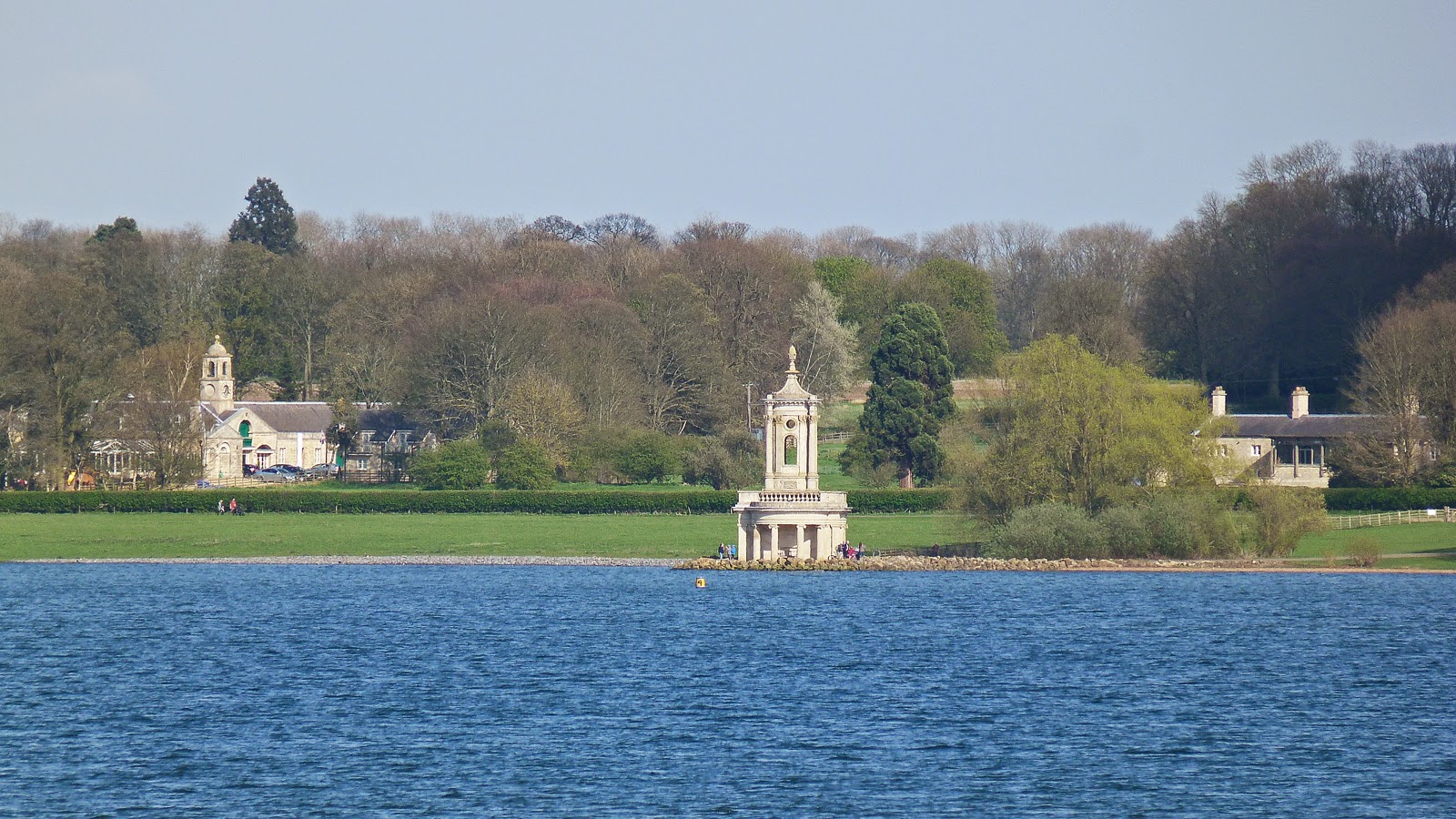As I mentioned in the last post, on Friday I spent most of the day pottering about at
Ketton Quarry. I was hoping for some warm sunshine from early morning to bring out the reptiles, but after I'd battled my way through the rush-hour traffic and across the A47 it was still a bit overcast at c9am. No sign of any reptiles despite several searches throughout my time there. The sun did eventually come out and warm everything up, though not for any prolonged spells until late morning.
Ketton Quarry has featured several times on this blog as it is without doubt one of my favourite sites in VC55. The reserve is not exactly huge, but there is good diversity with open grassy areas, scrub and woodland, with tracks and rides both through and between these areas. Plus of course there is the adjacent huge open working quarry.
Aside from the reptiles which refused to come out, my main interest for the day was always going to be inverts. Plenty of the commoner butterflies were on the wing, including my first Holly Blue and Speckled Wood of the year, but no sign of any Green Hairstreaks, Grizzled Skippers or Dingy Skippers as yet. The only moth flying about was Common Heath, which despite the name is distinctly uncommon in VC55 - in fact this is the only known current site for it.
Common Heath
Plenty of Diptera on the wing too including lots of the smaller hoverlifies such as Melanostoma scalare, but the most obvious flies were Bee Fly - 100s of them all over the site.
Bee Fly
Beetles were the main interest though, and aside from the superb
Green Tiger Beetle I picked up a couple of interesting ones. First up, a speculative search under loose bark on one of many log piles produced what I initially thought was an odd/brown Scarce Fungus Weevil. This was perpetuated for a few seconds as I noticed that there were also three other Scarce Fungus Weevils on the same log.
Scarce Fungus Weevil
Having seen this for the first time last year, I wasn't really sure on how variable they could be aside from the pale 'face' and rear end varying from buff to whitish. I also wasn't sure if there were any similar species, but then I noticed that the browner individual had obvious white spots on the elytra and white bands on longer antenna. I then found yet another odd individual - much smaller, darker and with even longer white-marked antennae and legs. I figured that these were indeed another species and I was right - they are both a male and a female Platystomos albinus. Better still, new for me and new for VC55.
Platystomos albinus - female
Platystomos albinus - male
Whilst searching, I found a random piece of rabbit leg perched on top of one of the logs. How it got there I have no idea, but once I'd moved it I noticed another interesting beetle. Like the two preceding species, this one also had some funky white markings on the underside but otherwise it just looked dark to the naked eye. Under the eyeglass though it looked pretty smart with pale grey-blue hairs and tufts of golden hairs on the pronotum. After a false start, I've identified it as Dermestes murinus - another new one for me.
Dermestes murinus
Also found under bark/around logs were Pterostichus madidus and Loricera pilicornis, along with typical woodlice, millipedes and centipedes.
Sweeping around the grasses was not as productive as it will be later in the season, though I did find the leafhopper
Mocydia crocea which I've recorded from here before. Other Hemiptera noted during the day were Pied Shieldbug and Scolopostethus thomsoni.
Aside from searching logs, I also had a good look over the various rocks and stones and also a brick pile. This brick pile has been present for as long as I've been visiting the site (well over a decade) and the bricks are quite heavy and large compared to normal house bricks. Not sure what used to be built there, maybe some remnant of a quarrying building I suppose.
The bricks yielded a few molluscs, notably Discus Snail, Common Chrysalis Snail and Two-toothed Door Snail. I also found a cracking little harvestman which was new for me, and once I'd noticed it I started to find several of them on various rocks.
Megabunus diadema
I took an hour out from poking about to grab some early lunch in nearby Stamford. When I got back to Ketton, I tried out my recently acquired sieve - more out of curiosity than expectation. Not having used it before, I had a go at sieving various clumps of moss, dried grasses and a bit of leaf-litter. Apart from inadvertently finding lots of ants on a couple of occasions, it was pretty productive. Lots of very tiny stuff including Collembola (none of which looked new or particularly interesting under the eyeglass), but I was pleased to sieve out some very small jumping spiders. I like jumping spiders! One was identifiable, the other not (by me at least) although they were all very small and presumably immature.
Heliophanus flavipes - another one I've seen here before
Unidentified jumper
Thanks to Matt Prince for highlighting that this is a male Heliophanus flavipes
Also sieved from dried grass, a few click beetles that I've keyed out ...
Agriotes sputator
... and a weevil that I need to key out to confirm (when the key I've just ordered arrives)
Possible Otiorhynchus rugosostriatus
All in all an excellent few hours at Ketton. I left mid-afternoon and dropped in to Rutland Water on the way home which I'll save for another (shorter) post.



























































